The Garbhanga Reserve Forest is a protected area located in the southern side of Guwahati city in the district of Kamrup (Metropolitan) Assam, India. The forest shares its boundary with the mountains of Meghalaya, the Rani Reserve Forest and the Guwahati city. Sprawling over an area of 117 sq. km., this evergreen forest is the home to various endangered and rare species of flora and fauna.
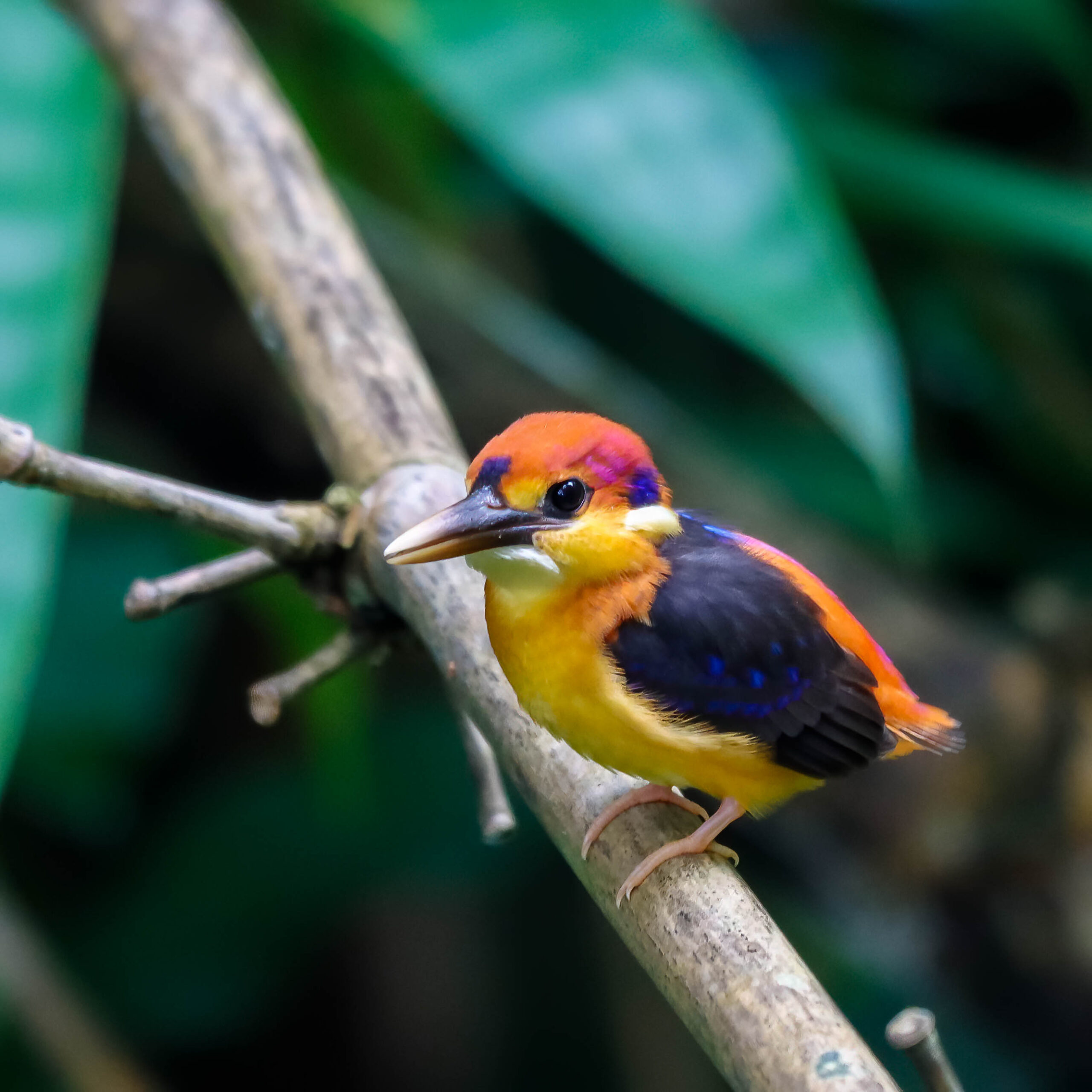
Bird Species in Garbhanga Reserve Forest:
Garbhanga Reserve Forest is a hotspot for the birdwatchers. As per the eBird, an international database of bird species, Garbhanga is the home to more than 300 different species of birds. There are 308 reported bird species in Garbhanga which includes both resident and migratory birds. Some of the common sightings are Scarlet minivet, Crimson sunbird, Asian fairy bluebird, Blue winged leafbird, Common iora, Cinerous tit, Rufous woodpecker, Great slaty woodpecker, Fulvous breasted woodpecker, Grey-capped pygmy woodpecker, White-browed piculet, Speckled piculet, Greater flameback, Hair-crested drongo, Black-crested bulbul, Green-billed malkoha etc. Several skulkers also visit Garbhanga during the winter season which includes Pygmy cupwing, Lesser shortwing, Snowy browed flycatcher, Gray-bellied tesia etc. Moreover, there are records of some elusive birds from Garbhanga like White-cheecked partridge, Gray peacock pheasant, Red-headed trogon etc.
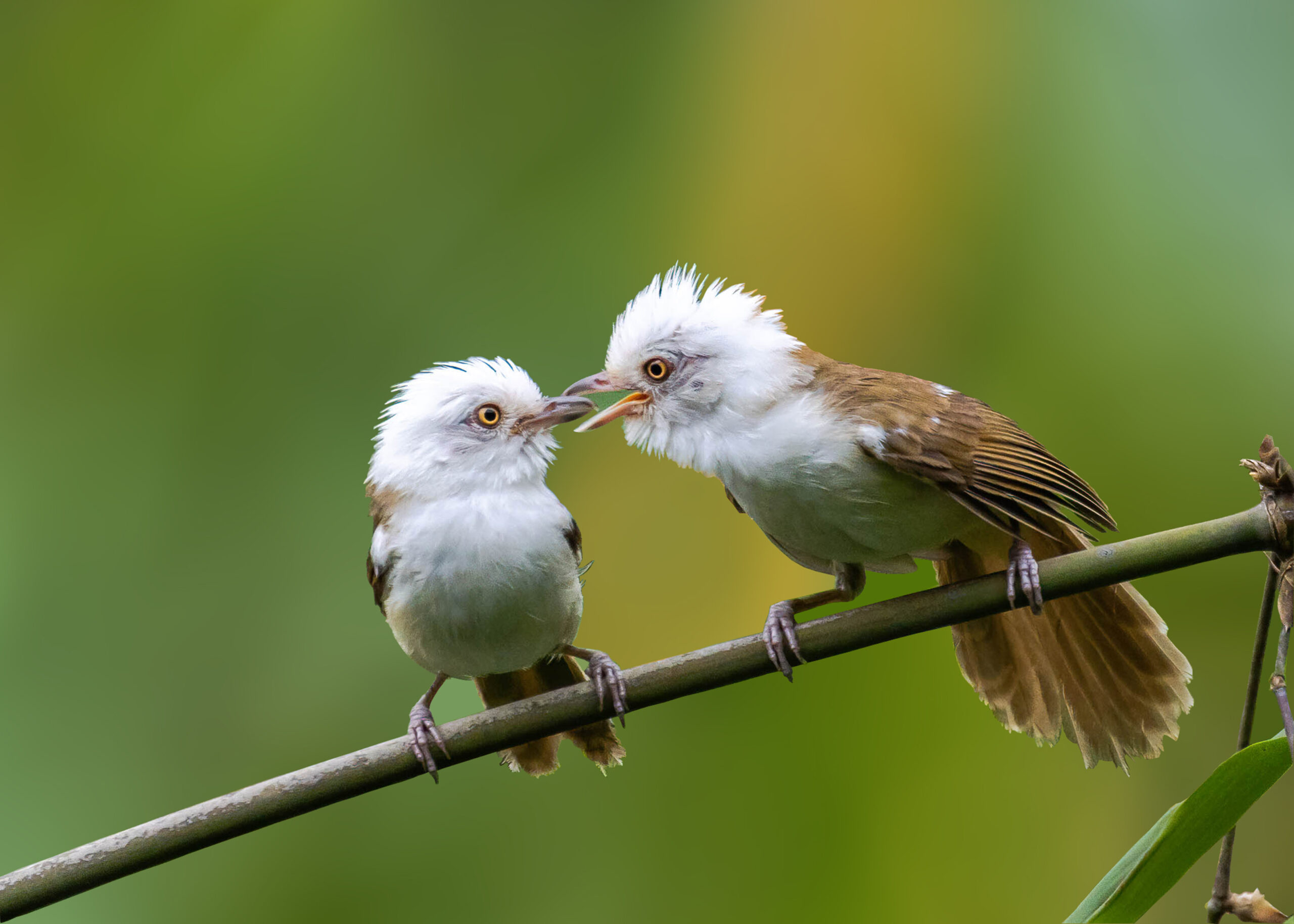
Mammals:
The forest is home to several endangered and rare species of mammals including the Asian elephant, Hoolock Gibbon, Assamese macaque, Pallas’ squirrel, Indian giant flying squirrel, Asian palm chivet, Crab-eating mongoose, Capped langur, Pig-tailed macaque, Muntjac (Barking deer) etc. As per the sources, more than 36 species of mammals are found in Garbhanga.
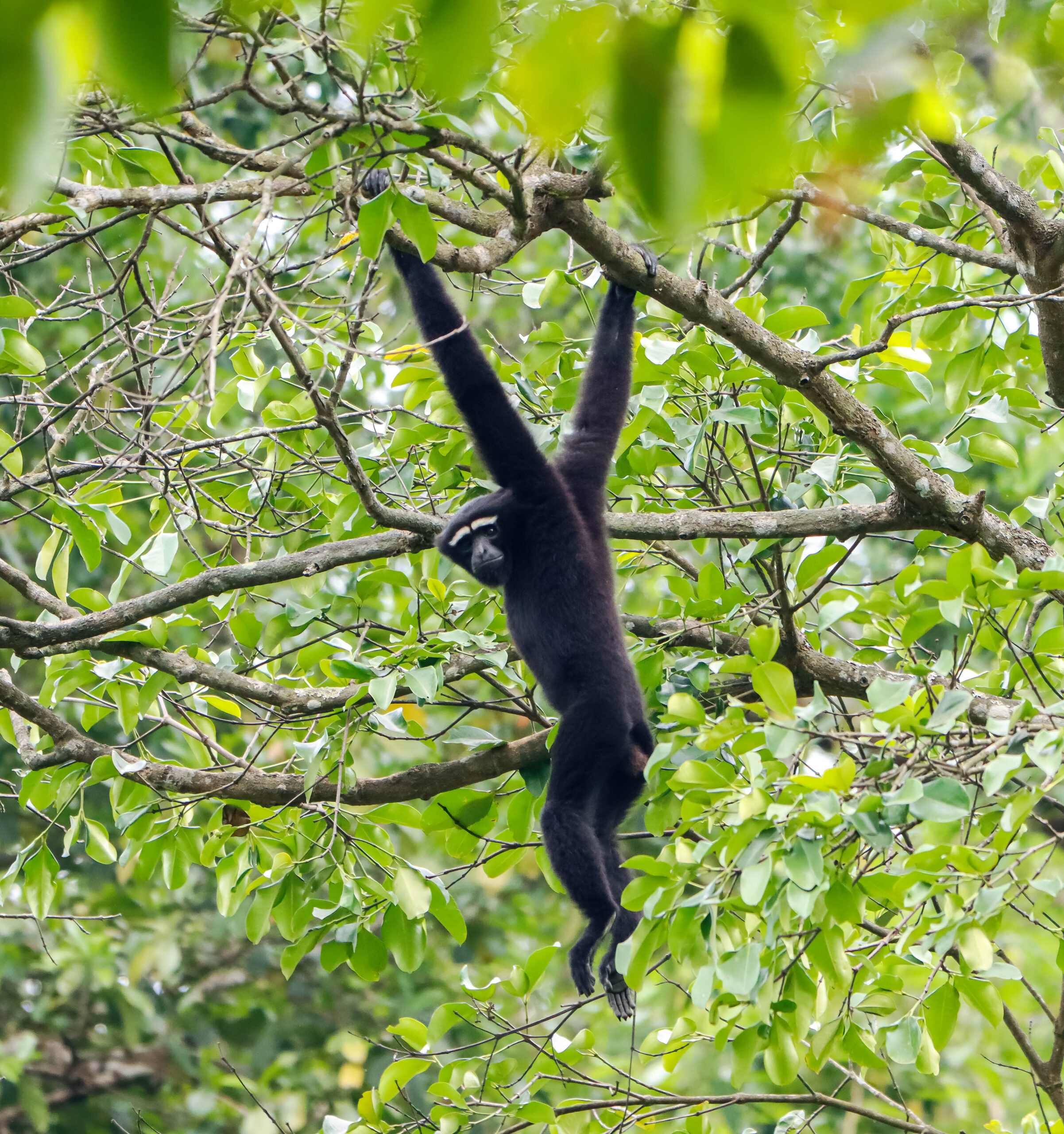
Butterflies:
Study reveals that 168 species of butterflies are found in the Garbhanga which includes Map butterfly, Autumn leaf, Oakleaf, Large yeoman, Lemon pansy, Leopard lacewing, Lime butterfly, Northern jungle queen, Yamfly, Tawny coster, etc. However, the locals complaint that due to increase of human interference, many butterfly species are not seen now a days.
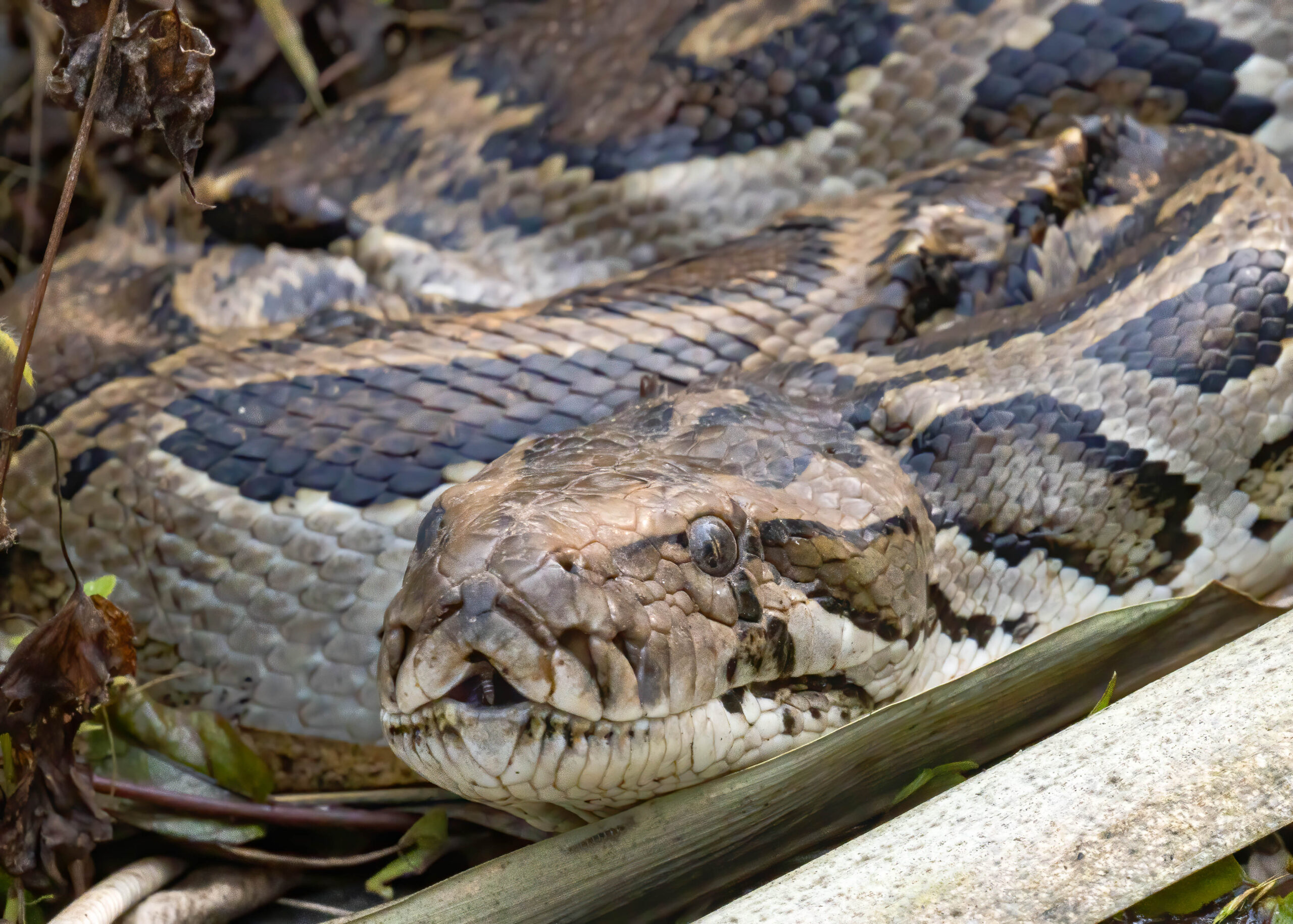
Reptiles:
This forest is also a home to 38 species of reptiles which includes various snakes, lizards, geckos etc. Apart from that, this forest hosts several species of spiders and amphibians as well.

Flora:
Garbhanga has a diverse range of flora. As per Wikipedia data, there are 139 species of trees, 122 species of herbs and shrubs, 52 species of climbers, 11 species of orchids and 5 species of bamboos in this forest.
Activities to do in Garbhanga:
The Garbhanga Reserve Forest is an ideal destination for eco-tourism and adventure activities. Visitors can explore the forest on foot or by a vehicle and can indulge in activities like trekking, bird watching and wildlife photography with prior permission from the concerned authorities. Apart from the natural attractions, the forest is also home to several ethnic communities like the Karbi, Khasi and Garo tribes, who have their unique culture, traditions, and way of life. Visitors can interact with these communities and learn about their way of life, their traditional handicrafts, and their cuisine.
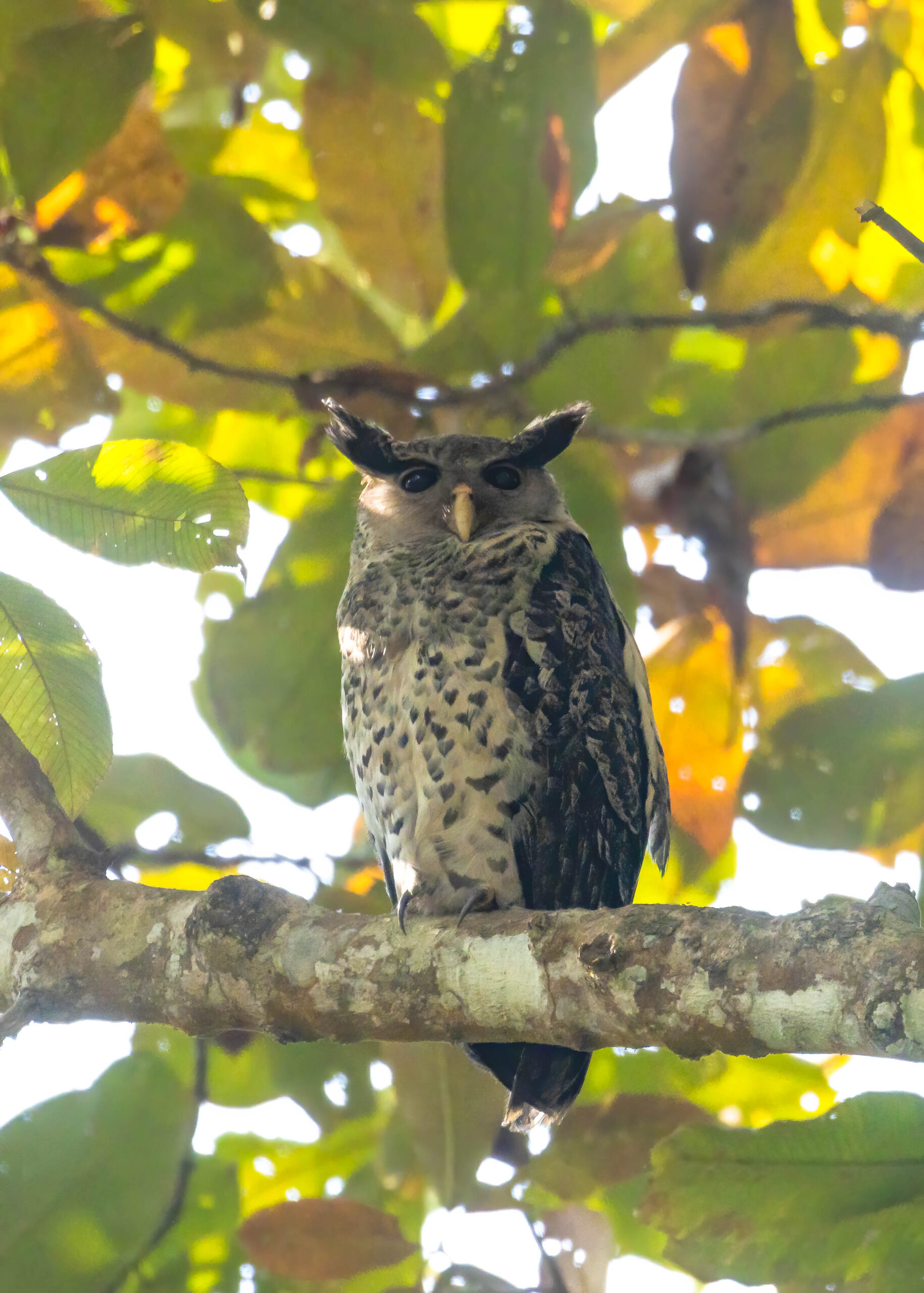
Best time to visit:
The best time to visit the Garbhanga Reserve Forest is between November to April when the weather is dry and pleasant. However, now the road condition of the forest is much better than that of a year back. Therefore, tourists can visit the forest at any time round the year.
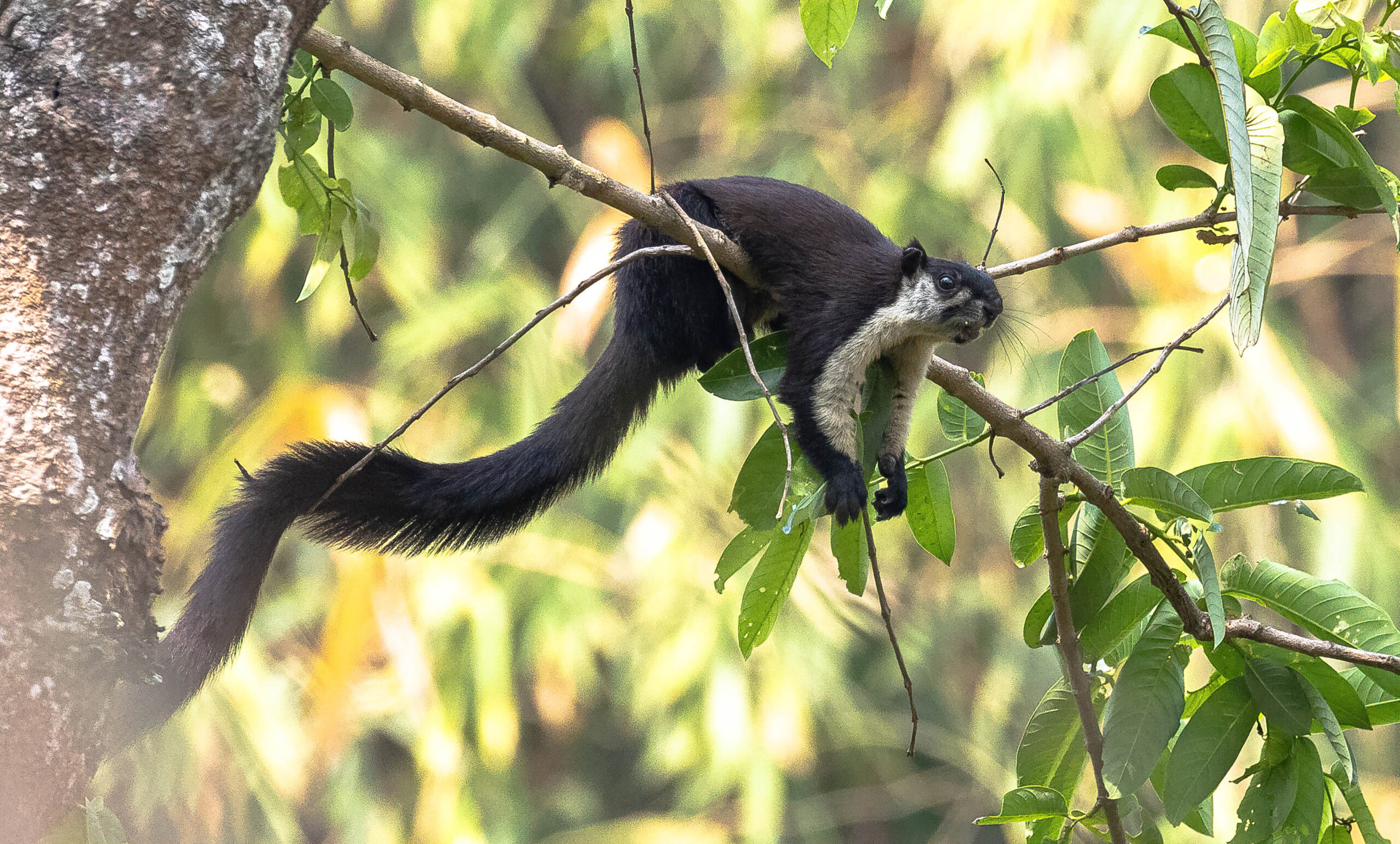
How to reach:
Garbhanga Reserve Forest is well connected by road with the Guwahati city. The nearest airport is the Lokapriya Gopinath Bordoloi International Airport which is almost 24 kms away from the entry gate of Garbhanga Reserve Forest. The Guwahati Railway Station is almost 10 kms away from the gate. The Inter State Bus Terminus, Guwahati is less than 3 kms away from the entry gate of the forest. However, it is mandatory for all the visitors to the forest to have a prior permission from the concerned Forest Officials.
Garbhanga Reserve Forest is proposed as a Wildlife Sanctuary:
The Governor of Assam vide a Gazette notification (Extraordinary) published on 7.4.2022 expressed intention to upgrade the Garbhanga Reserve Forest as Garbhanga Wildlife Sanctuary. After final notification, this will be the 25th Wildlife Sanctuary of Assam.
Conclusion:
Garbhanga Reserve Forest is a hidden gem of Assam that offers a unique and unforgettable experience of India’s rich biodiversity. It is an ideal destination for the birdwatchers, nature lovers, wildlife photographers and adventure enthusiasts who are looking to explore the natural beauty of Northeast India. In recent years, the Garbhanga Reserve Forest has become a popular destination for the wildlife enthusiasts and photographers. Birdwatchers and photographers from across the country visit this forest for birdwatching and capturing photographs. The breath-taking scenic beaty of the forest also attracts nature lovers from every corner of the country.
See video HERE
3 thoughts on “Garbhanga Reserve Forest: A Hidden Gem”